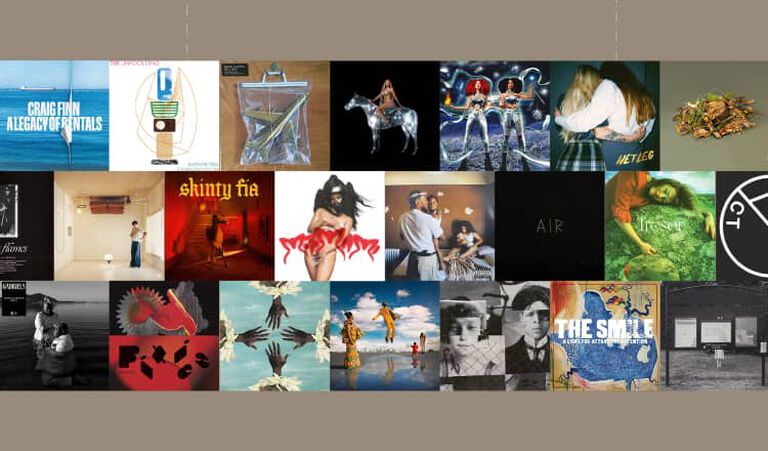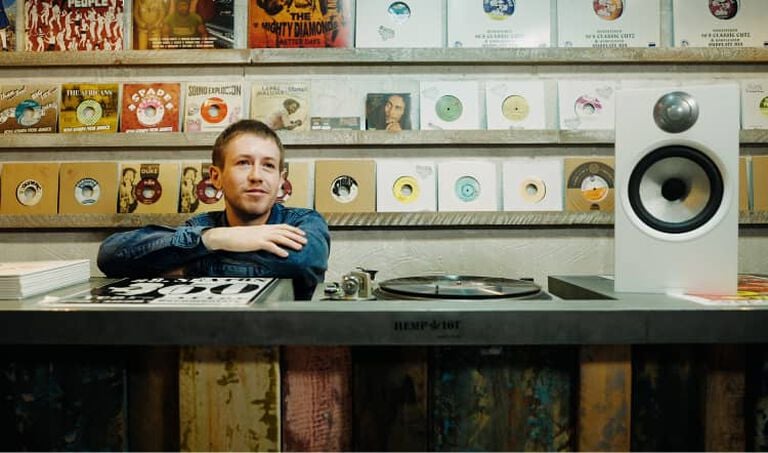Hi-Fi Essentials – Choosing your source
In the first part of a new series explaining the fundamentals of putting together a great Hi-Fi system, we start at the beginning – choosing the perfect source.
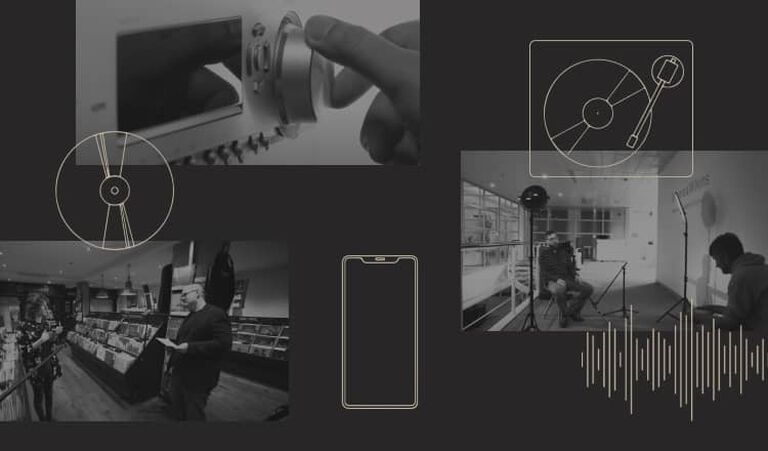
What is a source?
Buying and setting up Hi-Fi can be a confusing and daunting process. To help you get past the anxiety and clear up any confusion, we have created a series of blogs to explain the basics, alongside videos where we provide some incredibly useful tricks and tips from experts, including Bowers & Wilkins acoustic engineers.
We’re starting at the beginning by looking at one of the key decisions you’ll need to make when creating a hi-fi from scratch: the all-important choice of how you’re going to replay your music and from what format. In hi-fi parlance, this is called a ‘source’.
...the all-important choice of how you’re going to replay your music and from what format. In hi-fi parlance, this is called a ‘source’.
Although there are lots of different ways of getting your music into your hi-fi system, there are three that stand out as the primary – and popular – options: vinyl, CD and streaming. Depending on your budget and needs, you can choose to have one, two or even all of three of them – but remember, while that’s great in terms of flexibility and choice, opting for a single source allows you to focus your budget to get better quality, more of which later.
Why the source is vital to performance
Spending time thinking about your choice of source is vital to the performance you hear coming out of your loudspeakers. Each link in the chain is important, but if you start off from an inferior source, you’ll never be able to achieve a satisfying listening experience.
We are proud of our loudspeakers and their ability to present music that’s true to the original source, but no loudspeakers are capable of correcting for a lack of resolution or distortion that’s present at the first stage of the process. That’s one of the most long-standing and accurate axioms in hi-fi: ‘rubbish in, rubbish out’.
The main options are:
So, we have: vinyl records, compact discs and streaming. Each has pros and cons, and each has equally passionate fans and detractors.
Truth is, there’s no wrong option: it’s just a matter of personal preference. As Raphael Stier of the excellent Resident Music record shop in Brighton told us: “There’s no wrong way of consuming music. Either way, if you love it, you’re just going to fall in love with it,”
Now we’ll look at the basics of each source option and explain briefly how to get the most out of the one you choose.
Vinyl Records
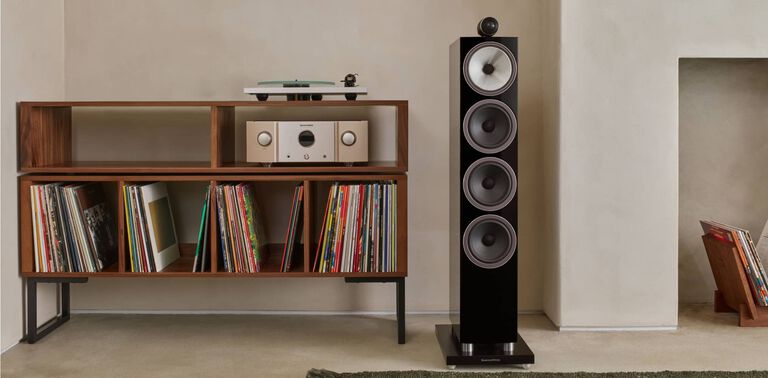
A few years ago, vinyl records may well have appeared as an afterthought at the end of this article. Yes, audiophiles loved them still, but chances were those people already had their ideal system and were happy with the sound.
But in the last few years the classic LP has come back from the dead and is reaching new heights of popularity among music fans who prize it for its tactile nature and those wonderful 12-inch sleeves that show off the painstakingly created artwork better than a CD or a streaming service could ever do. Modern vinyl is also available in a wide array of beautiful colours, and new releases often come in standard black and a limited coloured option to encourage early purchases. Fontaines DC’s Skinty Fia came in four different vinyl versions – including a double LP version for benefits we will discuss below. And the good news is that unlike earlier incarnations of coloured vinyl, there’s no drop off in sound quality between these and the standard black versions.
That’s important because, as always, the most important aspect for us is sound quality, and vinyl records sound amazing. Because vinyl isn’t a digital format you can’t compare like-with-like as you can with CDs and streaming, but there’s no getting over the wonderful warmth that the sound of vinyl offers, especially compared to CDs. You often find that once people experience the benefits of vinyl, there’s little chance of them going back to CDs.
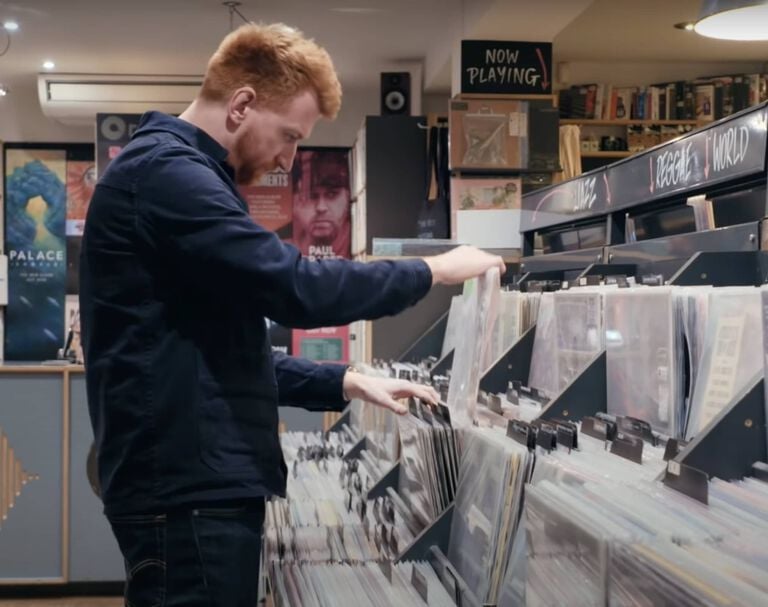
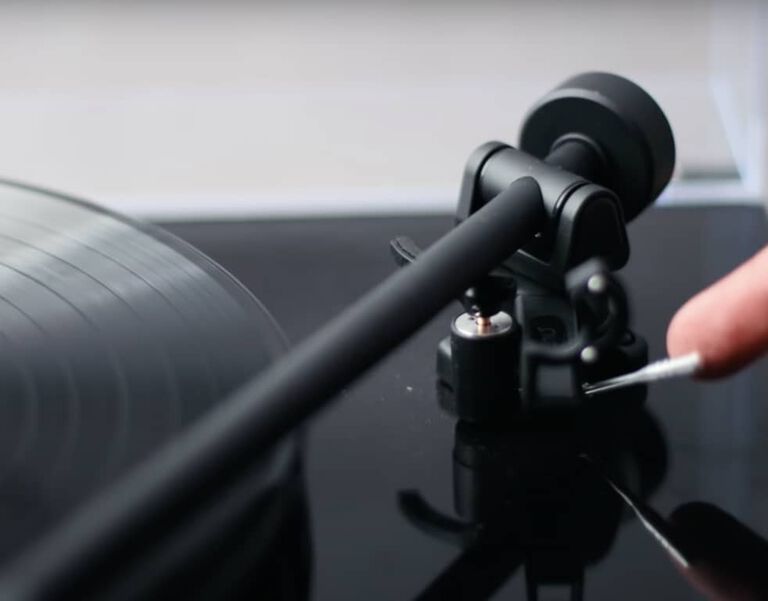
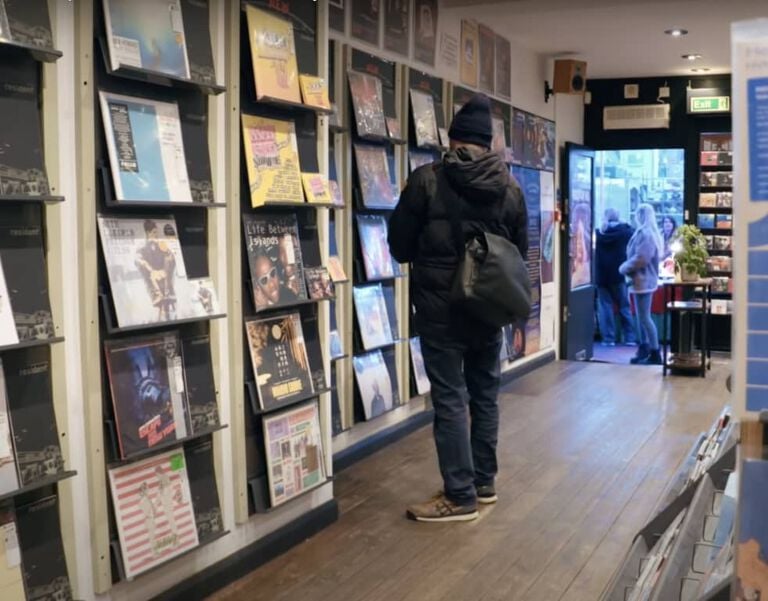
The pros and cons of Vinyl Records
On the pros and cons argument, one major characteristic of the LP could be placed in either camp depending on your taste.
To play a record there are a number of steps to go through: you start by selecting a record from your collection, removing its inner sleeve from its outer sleeve, removing the record itself from that inner sleeve, placing it carefully on your turntable, turning on your turntable, waiting for it to get up to speed, gently cleaning the LP as it spins with your record cleaning brush, raising the tone arm, moving the tone arm across to the start of the record, carefully lowering the tone arm, closing the lid of your record player and then walking carefully, but quickly, back to your seat to listen (not forgetting to turn it over half way through the album) and then doing it all again in reverse before you can listen to another record.
If that sounds like heaven, then LPs are for you – and nobody will ever convince you otherwise.
If all that sounds like the stuff of nightmares of, then vinyl LPs are not for you!
Another major issue is price: there’s no getting over the fact that vinyl is expensive, whether it’s new releases or the second-hand market for LPs in good condition. Its revived popularity has resuscitated prices, especially as record companies look to recoup some of the revenue they are losing through the drop in CD sales and the massive rise in streaming, which does not deliver the same kind of money unless you are in the Adele league.
Get the best from Vinyl:
To cover all the arguments about how to get the best out of vinyl would take hundreds of blog posts – and in fact there are thousands out there already. But there are a few things to bear in mind when starting out using vinyl records as your primary source.
Firstly, not all vinyl is created equally. Often you will see a weight attributed to a record – sometimes 120g or 140g, but more usually 180g, as the other two are more standard. This weight measurement is about more than just wanting it to feel heavy in your hand, which itself is a nice feeling. 180g vinyl is also more durable and less liable to warping, so in the long run the extra price associated with it may be a sound investment.
There’s also an argument that 180g vinyl sounds better, as the higher quality of material makes it easier to cut (during manufacturing grooves are precisely cut into a slab of pristine vinyl for your record player’s needle to run and generate sound) which in turn leads to improved detail and better bass. It’s also often the case that records released on 180g vinyl benefit from better production, as any record company going to the effort of producing 180g vinyl would probably have also taken more care with production and mastering.
This could take the form of half-speed mastering, which definitely does have a beneficial effect on sound reproduction, as cutting a disc at half-speed gives the cutting stylus twice as long to record the mechanical groove, which hugely improves the quality. Our friends at Abbey Road Studios are heavily involved in this process, and sell records from their store that they have worked on.
Some albums now also play at 45rpm, rather than the more traditional 33 1/3. This too has a beneficial effect on sound quality, but often involves more cost as a standard album will be delivered over two discs rather than one.
Taking care of Vinyl:
Once you have invested in vinyl, it’s vital that you take care of it if you want it to remain pristine and continue to sound fantastic. For starters, always put it away as soon as you have played it. I know this sound obvious, but I wish I’d imparted this information on my teenage self, because more of the 40-year-old records in my collection would be in better shape if I had!
Also, make sure your records are stored correctly. Vertically on shelves is the obvious answer – we will let you decide your filing system! – but make sure it is somewhere with a consistently cool temperature and with the minimum of humidity. Exposure to high heat and extreme moisture levels can quickly erode your LP collection – and you don’t want to be throwing it in the bin! Also, you want to try and avoid exposure to too much direct sunlight, so don’t put them on a window ledge no matter how cool that might look.
There is also an array of cleaning paraphernalia you can invest in, from a simple brush to clean your record as it spins – the bare minimum you should invest in – to a collection of record cleaning machines, some of which can set you back hundreds of pounds.
One of the best investments is plastic sleeves. These are a relatively cheap way of keeping those wonderful outer sleeves in good condition, avoiding all the wear and tear that comes with repeatedly pulling it off the shelf etc. While this may not directly have an impact on the sound quality, it does help on the tactile front and will also increase resale value should you ever want to move on from collecting vinyl.
Lastly, but perhaps more importantly, make sure your turntable is set up correctly. All hi-fi equipment benefits from a solid platform from which to work, but none more so than vinyl. It’s always worth investing in a dedicated equipment rack, but if that’s not an option then make sure that your turntable is placed on a flat and solid surface, preferably one where any vibrations you make walking around don’t adversely impact on the stability of your turntable – often an issue on wooden floors, where dancing to your favourite tunes may be out of the question.
There is also a degree of initial set-up and maintenance to take care of, from weighting your tone arm – vital for good sound and care of your records – to just making sure all the moving parts are dust free! But that is very much a matter for another blog, and most of the information you need to be supplied by your hi-fi dealer or on the manufacturer’s web site.
Compact Disc
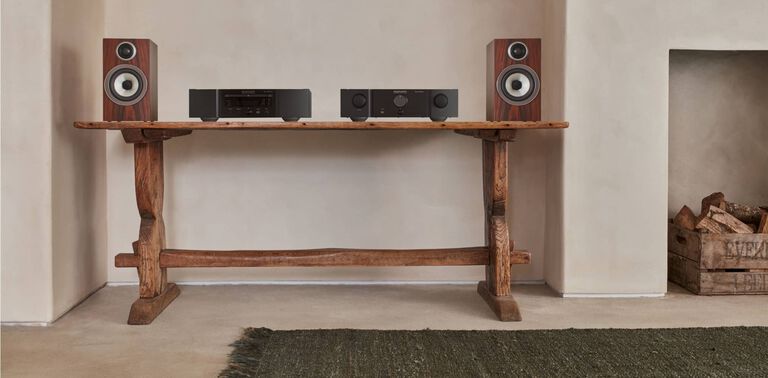
The once ubiquitous Compact Disc was destined to be the vinyl killer, and while it certainly had LPs down on the canvas for a while, it never really finished the job. Today, vinyl sales are once again outstripping those of CD.
However, the humble Compact Disc is still a great source, and remains incredibly popular not least with all those people who have entire record collections consisting of CDs. And, perhaps more important for the newcomer, there’s a lot of music that, at least in physical form, is only available on CD, especially music from the 1990s and 2000s that was never released on vinyl.
There’s also the issue of price: Compact Discs are cheap! If you are looking to build a collection from scratch then opting for CD will allow you to grow it very quickly, whether buying new or even browsing the second-hand market. As an example, Nils Frahm’s Music For Animals album costs £64 on Vinyl (four LPs) but you can pick up the triple CD version for £18. That’s a massive difference, and it also saves you lots of getting up to change sides!
There are downsides though. Firstly, will CDs be around for ever? Maybe not – so are you buying into a format that won’t be around in a decade? Although of course that doesn’t stop you playing the music you already own or enjoying yourself picking up second-hand bargains.
The bigger issue for us is the sound quality. CDs were launched to a huge fanfare that suggested they offered music reproduction at its finest. They didn’t. Compared to the high-resolution streaming services that are available they are distinctly lacking, and to most ears they don’t sound as good as wonderfully warm vinyl.
So, if you care about building an affordable collection quickly CDs are a good option. If you care more about absolute sound quality, you will want to look elsewhere for your source.
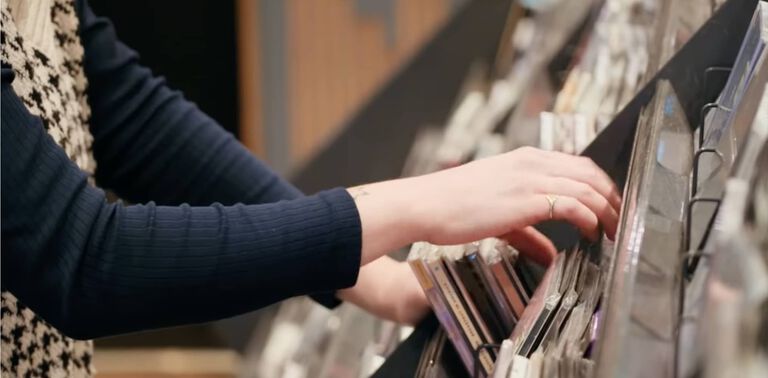
Get the best from CDs:
If the Compact Disc is your source of choice, then there are ways to ensure you get the very best performance from it. For starters, just because your PlayStation or Xbox can ‘play’ CDs it doesn’t make them a good source. With so much else going on inside a modern games console, audio performance for music isn’t a priority.
The traditional approach is a CD player. That may sound obvious, but it’s not the only option. A CD Player is actually a combination product: it contains both the ‘transport’ that holds, spins and reads your disc, and the Digital to Analogue Converter (DAC) which translates the digital information on the CD into an analogue signal that you can eventually hear. The vast majority of CDs are played in this way, and there are many great CD players available.
The second option is generally the preserve of the higher-end, audiophile system, and that is to have a dedicated CD transport and DAC. The argument for this approach is that each component is dedicated to its job, and performance can therefore be maximised. The argument against is that adding another component means more cables and potentially weak links. It’s more likely to be more expensive as well.
The other thing you need to do to maximise performance is to look after the discs themselves. CDs were originally sold with the promise they were indestructible – this is not the case! They may be less fragile than vinyl, but you still need to treat them with care: clean any dust or fingerprints off them with specialist lint-free cloths and cleaning liquids and make sure they are stored correctly in their cases. At all costs avoid any scratches – they will make the discs skip!
Streaming
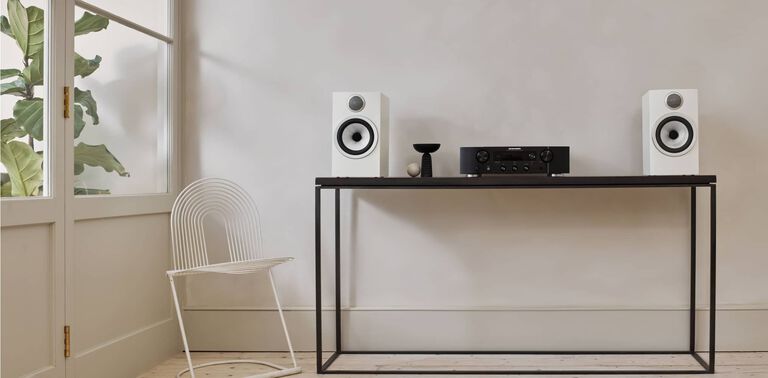
Streaming is a relative newcomer to the world of hi-fi sources, but it has so much to offer. Back in the early days of MP3 file sharing it would have seemed ridiculous to say this, but streaming is now the best way of enjoying true high-fidelity, high-resolution music. The number of streaming services that offer high-resolution is constantly growing, and very often the cost isn’t that much higher than the standard price, lower-resolution alternative.
Price is another key factor: for the cost of a single LP or a couple of CDs you have access to almost all of the music you could ever want for a whole month. Okay, you don’t actually own the music and if you stop paying the subscription you don’t have access to it anymore, but does that matter? For many millions of people, apparently not.
If ownership isn’t your thing, then while no single streaming services offers ‘all the music’ in the world, they do cover a lot of it! So if the mood takes you and you want to hear a certain album from your favourite artist, or you hear a single on the radio and want to hear more from an act, all it takes is a quick search and you’re listening to it, and while we may have become a little blasé about these things, that is still an incredible thing!
Increasingly streaming services also employ complex algorithms that look at what you have played and can deduce what else you might like. While these were quite basic in the old days – ‘you liked The Jam, why not check out Paul Weller’ – nowadays they are often excellent, and can really lead to some amazing musical discoveries. There are also curated playlists, which are rather giving you access to mix tapes from millions of people, some of whom have the same excellent taste in music as you.
The cons: Well, you don’t own anything. Which may not be a problem for you. But that thrill of ownership is about more than spending money; it’s about holding a physical artefact in your hand while you listen to the music, allowing you to read the notes, check out on the producer and see what else he has done and a million other things. Yes, there’s Google and sleeve notes on the streaming services, but it really isn’t the same.
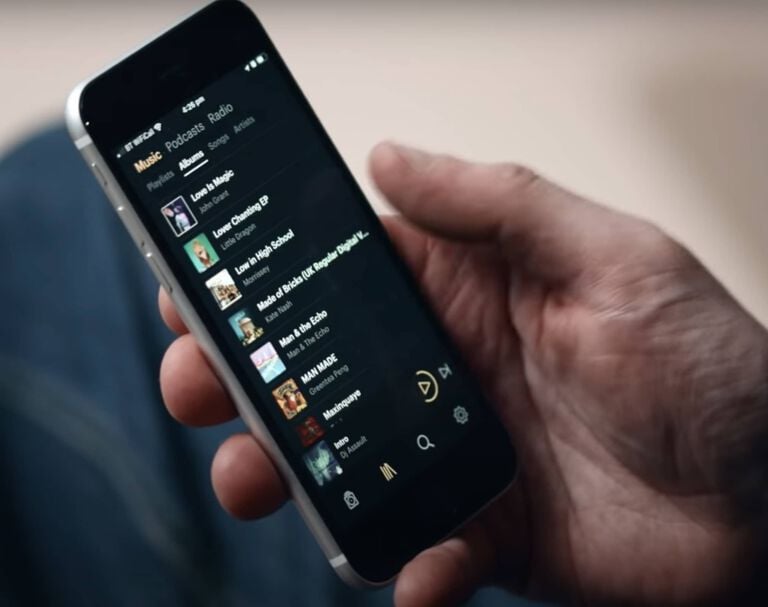
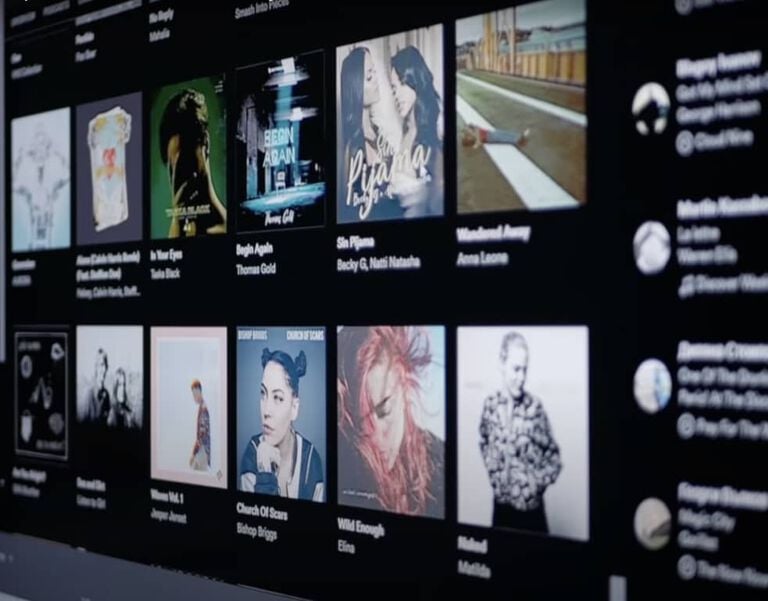
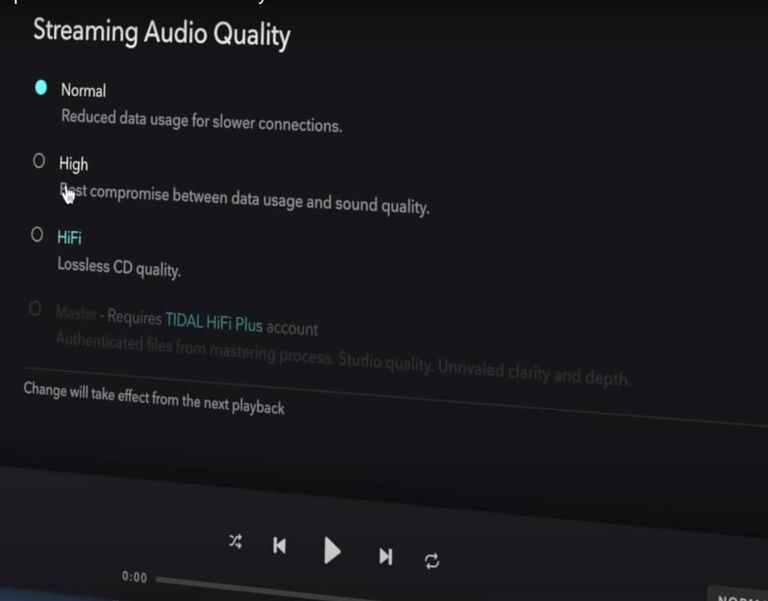
Get the best from Streaming
Choosing the right streaming service for your tastes and requirements should be viewed as a pleasure not a chore. Yes, there’s a wide selection to choose from, and it can be a little bit daunting, but because most services offer free trails you can spend time listening to free music while you select the one that is best for you.
If you are interested in high-resolution audio – and if you are reading this then we have to assume you are – then you can ignore the likes of Spotify, which while incredibly popular doesn’t offer the high-res streams you are looking for. The good news is that other services such as TIDAL, Apple, Amazon and Qobuz have very impressive catalogues, but also offer high-resolution.
Sometimes, as is the case with Apple, they don’t even charge more for high-resolution streaming, although unless you are an Apple user you may not want to switch mobiles if that’s the way you intend on accessing the music. In that case Amazon Music Unlimited may appeal, especially if you are a Prime subscriber and therefore qualify for a discount.
Either way, sign up, have a play, and see what works best for you. As we said, this should be fun! The other major factor to consider is how you access your streaming service. Everybody has a phone in their pocket, which allows them to access the music on the streaming service of choice and direct that music to a smart speaker such as Zeppelin, or a Bluetooth-equipped amplifier, but it may not be the best way for you if absolute quality is your goal.
You can buy amplifiers that have the likes of Spotify or TIDAL Connect built in, so you don’t even have to purchase a dedicated source, or if you want to go all out, you can choose as your source a dedicated music streamer, which you can plug into your amplifier in the same way you would a CD player or record player.
Finally, make sure you have your streaming services settings set to the highest quality resolution available. It may not be the default setting on the service you choose, so make sure you investigate to get the good stuff!
How to budget
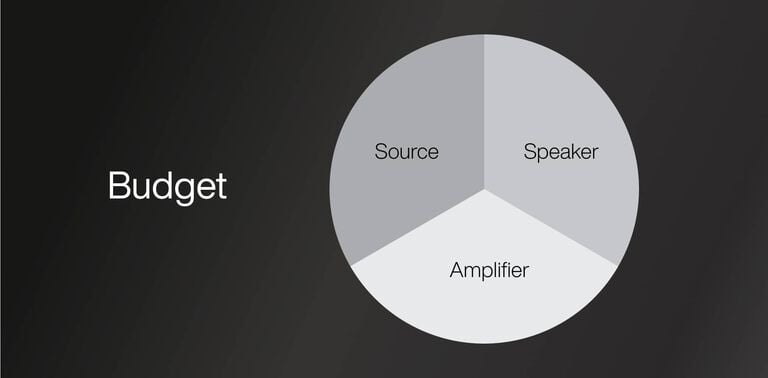
The classic approach to building a Hi-Fi system is to split your budget into thirds – a third on the source, a third on amplification and then a third on loudspeakers. But don’t forget to save around 10 percent for cables, which can also make a difference to sound quality!
This approach should produce a well-balanced system, while also providing you with a platform for future upgrades should you get the bug and want to invest further.
However, a very modern system could involve just two components. If you were happy to use an amplifier with streaming capabilities built in as mentioned above, you could even in theory split your budget in two – speakers and amplifier – therefore increasing the budget you have available for those two components!
The most effective use of your money, is to minimise the total number of sources that you have. And then maximise the quality.
– Andy Kerr, Bowers & Wilkins
Audition your sources
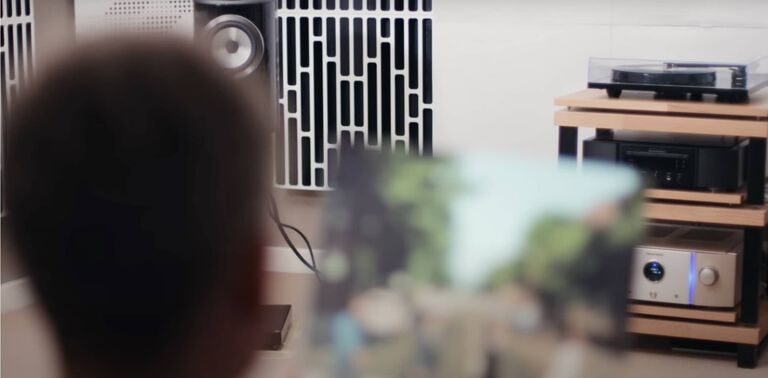
Whatever your decision it’s vital that you ‘audition’ your system before spending your money. The best way of doing this is of course, at your friendly local hi-fi dealership. These guys will almost certainly have a choice of turntables, CD players and dedicated streamers in stock at a variety of price ranges, and be happy for you to spend time in one of their listening rooms listening through the options.
One of the things we like to do when auditioning a source is listen to the same piece of music on different formats, which is a relatively easy thing to achieve. The dealer may have CD and LP versions of a ‘classic’ album for you to compare, but you should take some of your own music along with you too in order to really get a flavour of what you are listening to.
This will also be a good time to get your mind around what options are available in terms of amplification and loudspeakers… but we will get to that in future blogs.
Browse some of our related articles
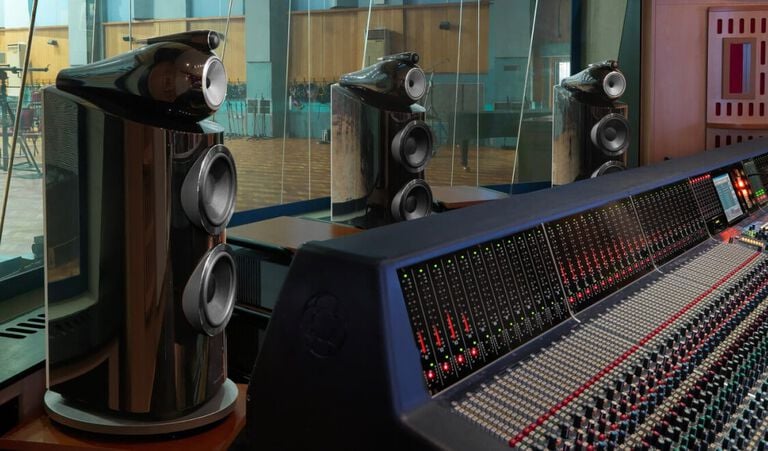
For the love of music
